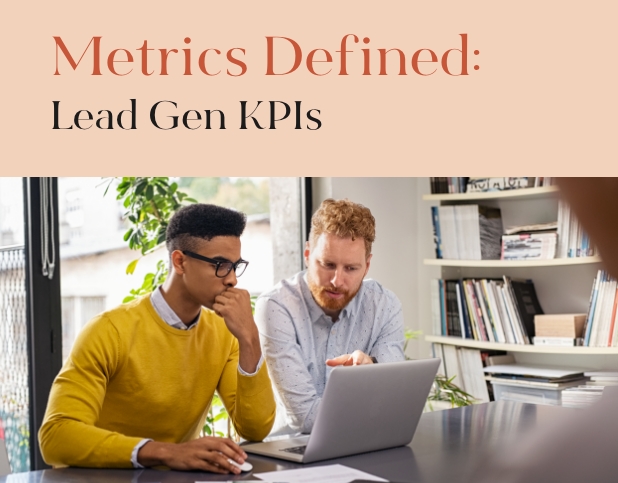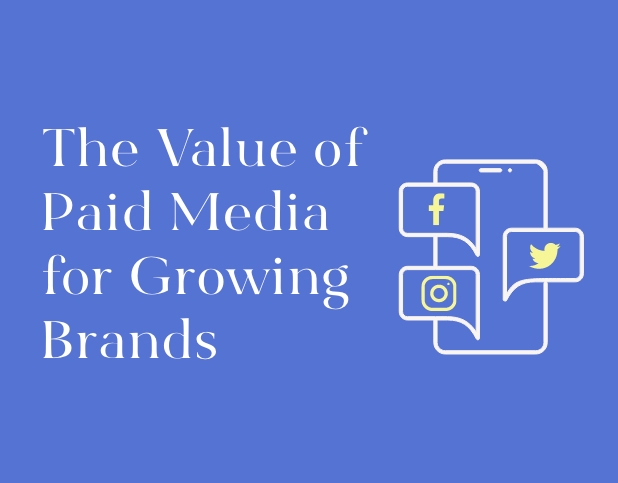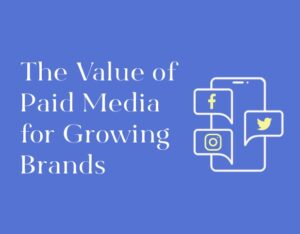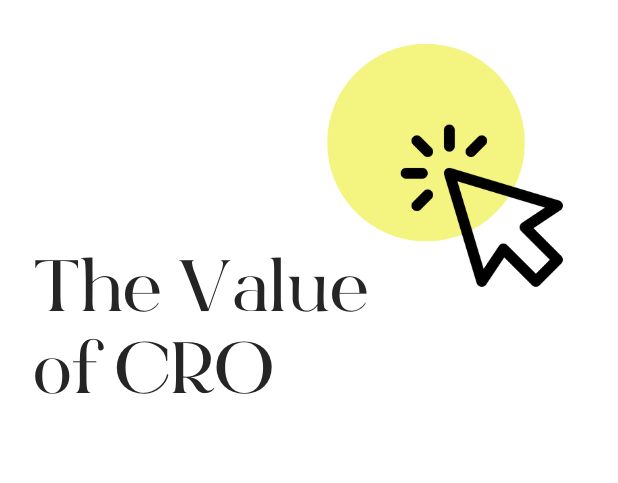There are many goals you can work to accomplish through your digital marketing strategy. It is important to consider all the factors at play to set your goals and then ensure your strategy and company objectives are aligned. Two major factors to consider are how established your brand currently is and which stage of the customer journey you want to focus on. New brands often focus on brand awareness, while established brands can shift their focus to lead generation, driving conversions, or customer retention.
There are several different influences on the performance of a lead gen strategy. You will likely have input from your sales team, marketing team, and creative team on how to execute. To put a lead gen strategy into practice, you will need to clearly define why you are acquiring leads. Are you looking for webinar attendees? Did you want a new scheduled consultation? Adding to your newsletter sign-up list? To capture a lead, you are most likely driving a user to your website and encouraging them to input their information in a form somewhere on your site for a specific purpose. The value you are providing the potential user will determine the success of your campaign.
Once you determine the elements of your campaign and put them into place, it’s time to take a look at the performance. You’ll want to understand and measure your performance to determine if your campaign is performing well and what you might need to do to improve it. In this blog, we’ll take a look at the most important Lead Gen KPIs divided into 3 categories.
Lead Gen Strategy Performance: These metrics help you understand if the content of your campaign and landing page/website is relevant to and resonating with your target audience, best captured with Google Analytics.
Bounce Rate: This is the percentage of users that exit the page they are viewing. While higher is usually better with most metrics, lower is better in terms of bounce rate. If the bounce rate is low, that usually means the content on this specific page is performing very well and causing the viewer to complete the requested action or view additional pages on your site. A high bounce rate informs you that most users are exiting the site on a specific page, which might mean the content on that page is not resonating well with viewers or the load time is slow, causing them to leave the site.
Average Time on Page: The average amount of time a viewer spends on your website pages. A high average session duration means viewers are taking their time looking through the content provided on your site. A low number means viewers are not digesting the content and likely just clicking through each page or exiting quickly. This metric is meant to be understood in consideration of your goals and other KPIs, and never on its own.
Quantify Leads: These metrics are the high-level vanity metrics that help inform more impactful KPIs.
# of Leads: The number of people interested in your company’s product or service in some way. They have not yet become a customer or made a purchase with your company, but they are interested and willing to learn more. These can be further broken down into Marketing Qualified Leads (MQL) and Sales Qualified Leads (SQL).
Conversion Rate (CVR): The percentage of users that complete your desired action. In this case, the percentage of users that have been captured as new leads. A high conversion rate is a good indication of a strong, successful lead gen campaign. What is considered high is dependent on the platform you are using and your industry.
Lead Cost: Understanding the amount of money spent to acquire new leads and customers helps you calculate ROI and stay on track with your marketing budget.
Cost Per Lead (CPL): This is the level of investment per lead you received. Every lead will come at a cost, whether you are spending ad dollars to promote your efforts or just utilizing the valuable time of your internal team. As you spend your time and money, you want to know if your efforts are effective and worthwhile before you pour more into them.
For example, if you spend $500 on a social media ad and you receive 10 leads, your cost per lead is $50. To determine if this is a good result or not, you need to look at the cost of your product or service offering, and you should look at the average conversion rate on the platform you are running the ads on to determine if the rate you are experiencing is on pace for the platform average. If the result is positive, you know this is a great tactic for you. If it is negative, you will either need to refine the strategy or you now understand that platform is not a good use of your funds.
Customer Acquisition Cost (CAC): This is the level of investment per new customer. Not all leads turn into customers, so this number will be higher than the CPL. Getting this metric will require diligent tracking and lead transparency with your sales team because the platform you use to generate leads will likely not intuitively know which leads turn into customers.
Playing off the CPL example, if of the 10 leads you received, 2 converted into paying customers, your CAC would be $250 per customer. As noted above, you will need to determine if that cost is worth the expected lifetime value of the customer you are acquiring.
Lead Value: Understanding the value of the leads and customers you bring in helps you predict future sales and make informed decisions on future campaigns.
Customer Lifetime Value (CLV/LTV): The total amount of revenue you can expect to receive from one customer throughout their entire relationship with the brand. Higher LTVs indicate the best customers that are likely loyal to your brand and make recurring purchases. Calculating your average LTV will help you determine the top CPL and CAC you are willing to spend to maintain profitability.
Measuring the results of your strategy and tactics is just as important as implementing them in the first place. You should always strive to test and learn so you can continue to tweak and improve your efforts to ultimately see the results you are striving for. We understand there is a lot of research, strategy, and planning that goes into developing the right lead gen campaign for your brand, as well as the time and effort to run the campaign and analyze the performance.
That’s where we come in! At BuzzShift, we strive to build partnerships with our clients and provide services that help you reach your goals while giving you back what you need most – Time! We can work alongside your sales team to develop the strategy and campaigns and to build a feedback loop to consistently learn from and improve the efforts. Reach out today to learn more about how to launch your upcoming lead generation campaign!
About BuzzShift
BuzzShift is a digital growth strategy agency with a focus on mid-market, scaling, purpose-driven DTC Brands. By combining the ideologies of branding, performance marketing, and retention agency, we are able to create memorable experiences with measurable results, and build long-term success for our clients with scalable, sustainable growth. Learn more about BuzzShift.







